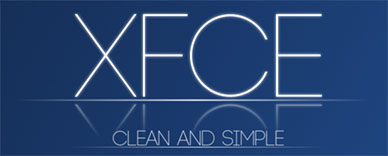
In this tutorial, we will show you how to install XFCE on Debian 10. For those of you who didn’t know, XFCE is a free lightweight, fast, and easy to use software desktop environment for Unix/Linux-like operating systems. It is designed for productivity and aims to be fast and low on system resources. Unlike GNOME and KDE desktops which are heavier, XFCE uses fewer system resources. XFCE desktop does not need a modern GPU and its CPU and takes up less RAM. You can also install and run XFCE on an old hardware system without any problems.
This article assumes you have at least basic knowledge of Linux, know how to use the shell, and most importantly, you host your site on your own VPS. The installation is quite simple and assumes you are running in the root account, if not you may need to add ‘sudo‘ to the commands to get root privileges. I will show you through the step-by-step installation of the XFCE Desktop environment on a Debian 10 (Buster).
Prerequisites
- A server running one of the following operating systems: Debian 10 (Buster).
- It’s recommended that you use a fresh OS install to prevent any potential issues.
- A
non-root sudo useror access to theroot user. We recommend acting as anon-root sudo user, however, as you can harm your system if you’re not careful when acting as the root.
Install XFCE on Debian 10 Buster
Step 1. Before running the tutorial below, it’s important to make sure your system is up to date by running the following apt commands in the terminal:
sudo apt update
Step 2. Installing XFCE on Debian 10.
Now we run the following command to install Xfce Desktop:
sudo apt install task-xfce-desktop
While following this procedure, you might have to be a little patient, because the installation takes some time to complete, depending on your Internet speed.
Once done, use the following command to set the default target to graphical:
sudo systemctl set-default graphical.target sudo reboot
Step 3. Accessing XFCE Desktop Environment.
Once successfully installed, Now log off from the current user and login back in once again. On the login screen, you can choose the Xfce Desktop session.
Congratulations! You have successfully installed XFCE. Thanks for using this tutorial for installing the latest version of the XFCE Desktop environment on the Debian system. For additional help or useful information, we recommend you check the official XFCE website.